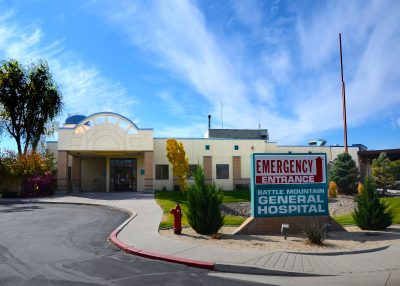A large body of research has found that a small number of health system users are responsible for the majority of public health system costs. Termed high-cost users, or frequent users, these individuals are generalized in the literature as being in an older age group, from a lower income quintile, having poorer self-reported health, having multiple diagnosed (or undiagnosed) chronic conditions, and reduced access to primary health care. Other research has found that in addition to individual-level differences, there are geographic differences, with some areas exhibiting higher rates of high-cost users than others, suggesting that there are unmet health needs that vary between geographic areas as well as between individuals.
 Despite the above studies of high users of the health system and recognition of geographic differences, a recently conducted scoping review found that there are a limited number of studies that focus explicitly high system users in rural settings. This is surprising, especially as we know there to be marked differences in health determinants, health system needs, and health outcomes for rural Canadians. Given the predominance of urban subjects in studies of high system users, there is a clear gap in our understanding of these individuals in rural areas.
Despite the above studies of high users of the health system and recognition of geographic differences, a recently conducted scoping review found that there are a limited number of studies that focus explicitly high system users in rural settings. This is surprising, especially as we know there to be marked differences in health determinants, health system needs, and health outcomes for rural Canadians. Given the predominance of urban subjects in studies of high system users, there is a clear gap in our understanding of these individuals in rural areas.
This project addresses the above gaps, through a geographic, community-level analysis of high system users in rural Canada. We are researching this topic in several areas:
- Community and individual characteristics of high system users in rural Canada
- Estimating and Mapping Urban Community Differences in Health Outcomes for Adults with Chronic Disease in Canada (funded by CIHR)
